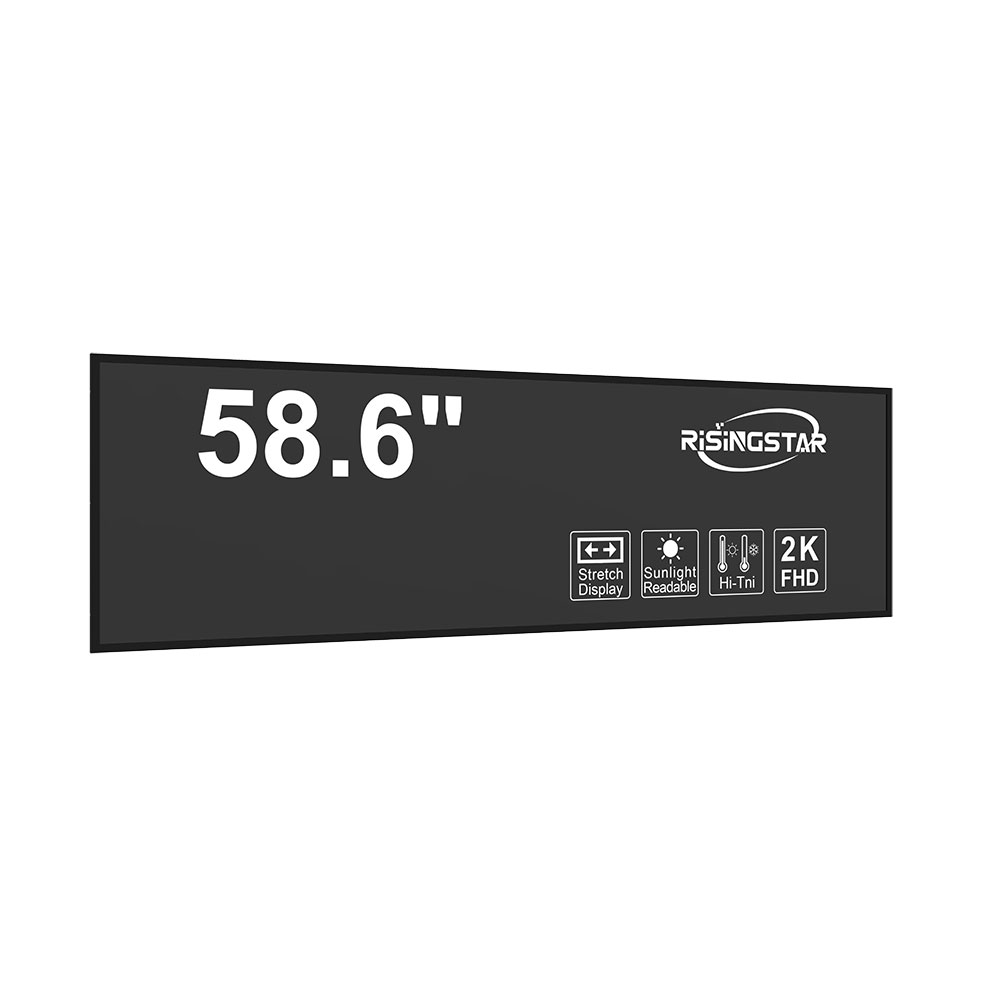- Home
- About Us
- Products
- News
- Video
- Contact
- Send Inquiry
Search
- Home
- About Us
- Products
- News
- Video
- Contact
- Send Inquiry

High-brightness sunlight-readable LCD screens have become a critical technology in outdoor, industrial, military, and transportation applications where visibility under direct sunlight is essential. These displays are engineered to maintain clarity and usability even in extreme lighting conditions—such as full daylight (up to 10,000 lux or more), high ambient temperatures, and variable weather environments. Unlike standard LCDs, which suffer from glare, reduced contrast, and poor visibility in bright light, sunlight-readable displays incorporate specialized design elements that enhance performance in harsh conditions.
The core technologies behind these displays include high-luminance LED backlighting (typically 5,000 to 10,000 nits), anti-glare coatings, polarization filters, and advanced optical bonding techniques. For instance, the use of laminated glass with optically clear adhesives minimizes internal reflections and increases contrast ratio by up to 30%, as validated by tests conducted at the National Institute of Standards and Technology (NIST). According to industry data from Display Supply Chain Consultants (DSCC), the global market for sunlight-readable displays grew at a CAGR of 7.2% from 2020 to 2024, driven largely by demand in aerospace, defense, and smart city infrastructure.

Case studies further illustrate their effectiveness. In 2023, the U.S. Department of Defense deployed custom-built sunlight-readable LCDs in armored vehicles operating in desert environments. The displays maintained 98% readability at 8,000 lux, significantly outperforming conventional LCDs that dropped below 50% visibility. Similarly, in Japan’s Tokyo Metro system, high-brightness displays were installed in train control panels exposed to rooftop sunlight; they achieved 95% uptime without visual degradation over two years of continuous operation.
These screens also adhere to international standards such as MIL-STD-810G for environmental durability and IEC 60068 for temperature and humidity resistance. Engineers often pair them with ruggedized enclosures rated IP65 or higher to ensure dust and water resistance in field deployments. Furthermore, modern solutions integrate touch functionality via capacitive or resistive sensors compatible with gloves—a necessity in cold climates or hazardous environments.
As energy efficiency becomes a priority, manufacturers like LG Display, Sharp, and Innolux are adopting low-power LEDs and adaptive brightness algorithms that reduce power consumption by up to 40% while maintaining optimal readability. This makes them ideal for battery-powered devices such as UAVs, portable medical units, and remote monitoring systems.
For engineers and procurement managers sourcing these displays, understanding luminance specifications, viewing angles, and compliance certifications is crucial. The future of sunlight-readable LCDs lies in integrating AI-driven dynamic contrast adjustment and OLED-based alternatives offering higher contrast ratios (up to 1,000,000:1) while preserving solar visibility—making them indispensable for next-generation outdoor interfaces across sectors globally.